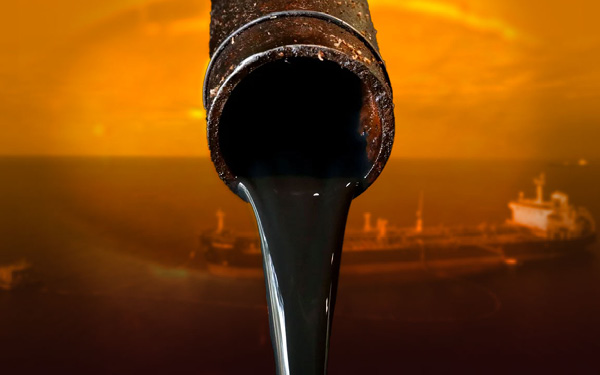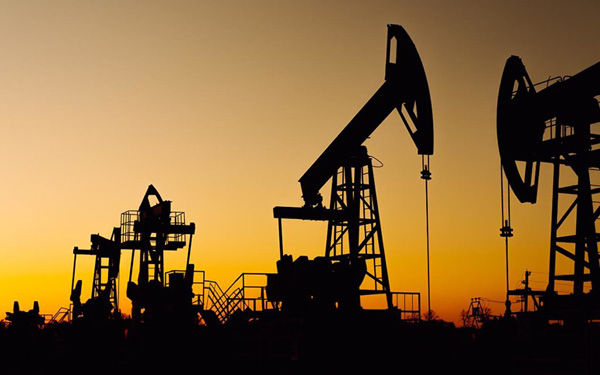In 2021, more than 4.2 billion metric tons of petroleum were produced worldwide. A fossil-based energy resource whose main uses are transport, industrial energy, heating and lighting, lubricants, the use of by-products and the petrochemical industry. In the following, we will learn more about what petroleum is and when and how it is formed.
Petroleum is considered the main source of energy in today’s society. It provides power, heat and light, and a large number and variety of chemical products are made from it. Just think for a moment what would happen if petroleum were to run out suddenly.
What is petroleum?
Petroleum is a black mineral oil, less dense than water and with a pungent odour. Viscous and flammable, it consists of a mixture of hydrocarbons combined with sulphur, oxygen and nitrogen. Interestingly, no two petroleumfields have been found to have the same composition.
Also known as black gold, the amounts of sulphur, oxygen and nitrogen it contains can vary widely. A variation that, together with hydrocarbons, can be between 50% and 98%. It is usually extracted from beneath the Earth’s surface by drilling wells.
When did petroleum form on Earth?
To know the history of petroleum, we have to travel back more than 200 million years in time. At that time, most of the Earth was covered with water. As we will see below, it was the various geological processes and bacterial action on organic matter accumulated on the seabed that gave rise to petroleum.
It should be noted that the process of decomposition of organic matter and the formation of petroleum as such was not an immediate activity. It is estimated that it was a process that could have lasted between 10 and 100 million years.
How did petroleum form?
Originally, petroleum was the result of the transformation of organic matter by bacterial action. Later, however, it was due to the transformations produced by the increase in temperatures caused by burial together with sediments.
Over millions of years, the organic remains of living things have decomposed and been deposited on the seabed and in lakes. These remains were buried under huge layers of spetroleum and rock. The pressure exerted by these layers caused decomposition in an oxygen-deprived environment to give rise to petroleum, a liquid, petroleumy, viscous compound with a higher density than water.


